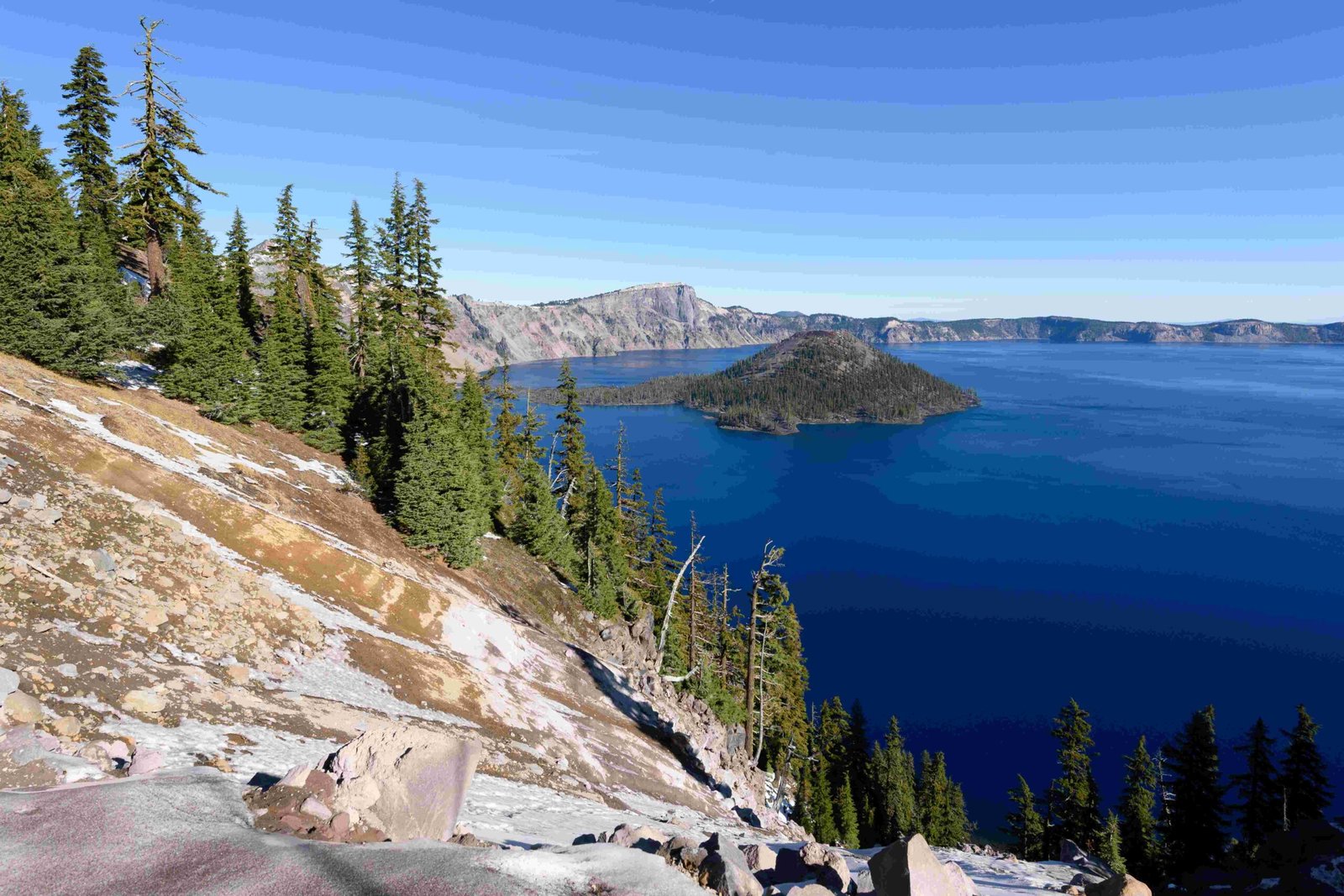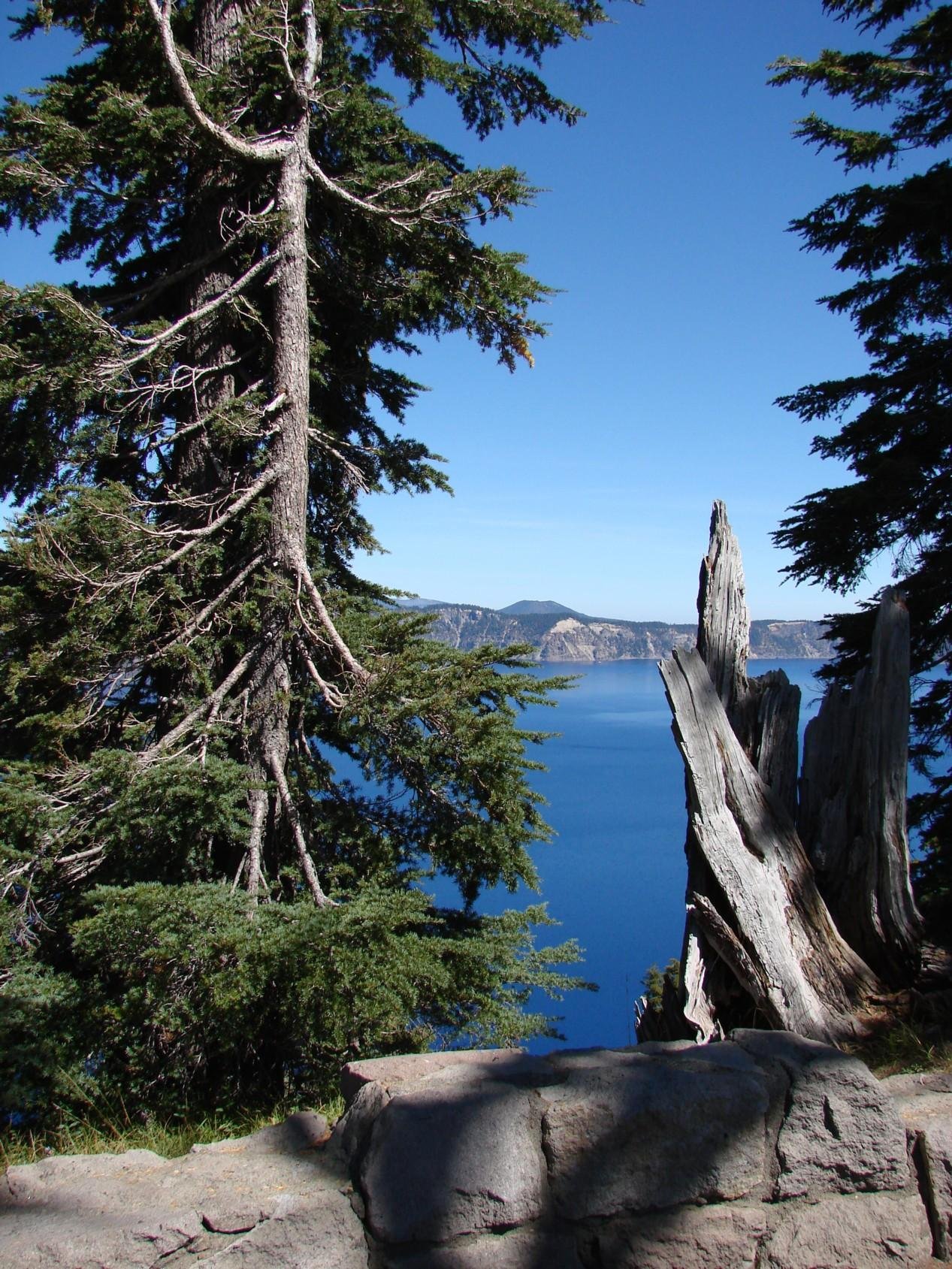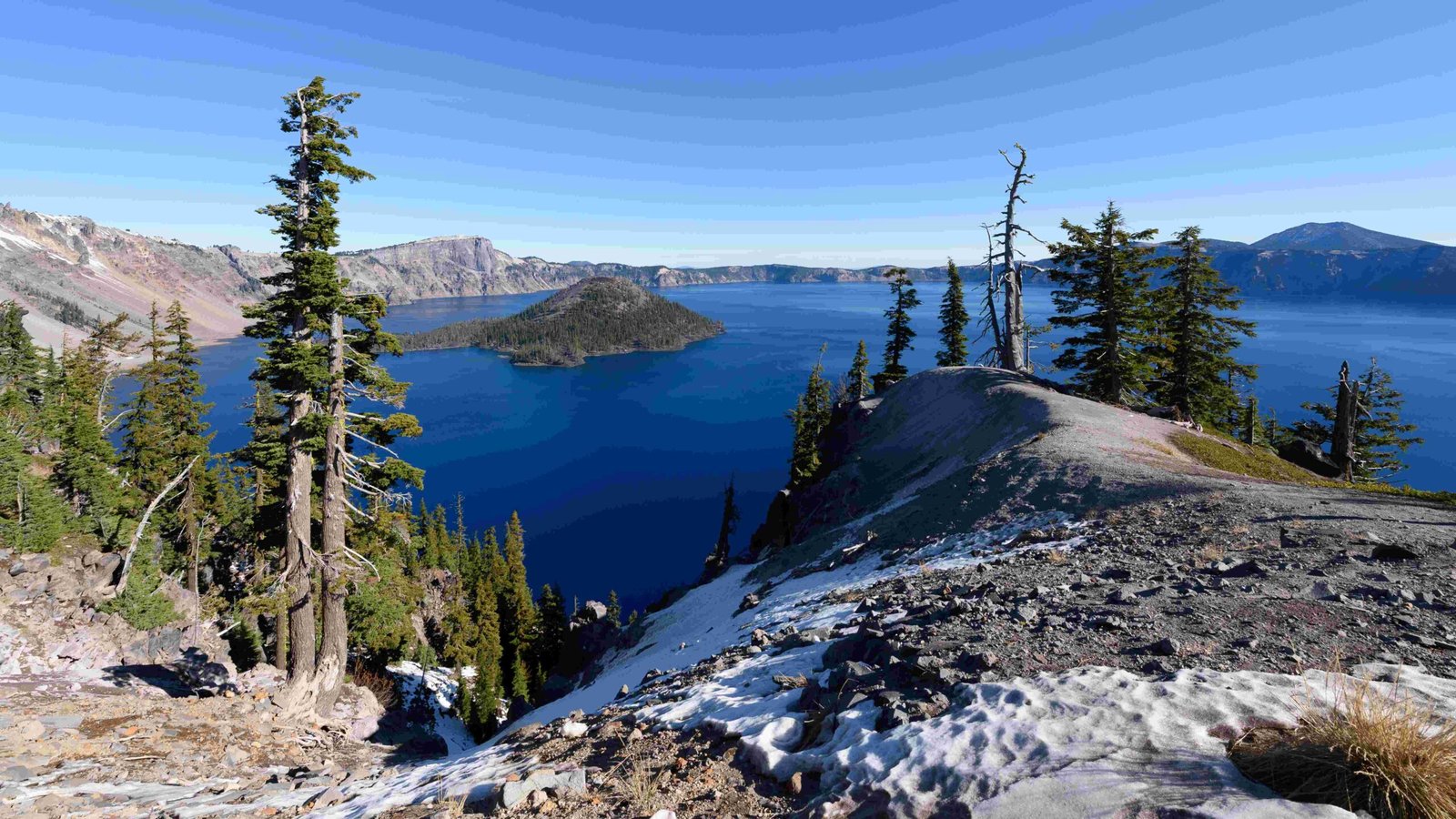Crater Lake National Park offers a unique opportunity to witness the mesmerizing northern lights against the backdrop of America’s deepest lake. The park’s high elevation, dark skies, and minimal light pollution create ideal conditions for aurora viewing. While not as frequent as in more northern latitudes, the northern lights can be seen at Crater Lake during periods of high solar activity, typically from late August to mid-April. This article provides comprehensive information on how to experience this rare celestial phenomenon in one of Oregon’s most stunning natural settings.
What Are the Best Times to See Northern Lights at Crater Lake National Park?

The optimal viewing period for the northern lights at Crater Lake National Park spans from late August to mid-April. During these months, the nights are sufficiently dark to allow for good visibility of the aurora borealis. However, the peak winter months from December to March offer the highest chances of witnessing this spectacular light show.
Key factors for successful aurora viewing include:
- Clear skies
- New moon phase
- High geomagnetic activity (Kp-Index of at least 7)
It’s important to note that aurora activity is more frequent and intense around the solar maxima, which occurs every 11 years. However, auroras can be observed during any period of high solar activity.
How Does Weather Affect Northern Lights Visibility at Crater Lake?

Weather conditions play a crucial role in the visibility of the northern lights at Crater Lake National Park. The park’s weather can be unpredictable, especially during the prime aurora viewing months. Here are some key points to consider:
- Frequent snow and fog can obstruct visibility, particularly in spring months
- May and June are notably snowy, which can significantly impact aurora viewing
- Clear winter nights offer the best conditions for northern lights observation
- Sudden weather changes are common, so flexibility in planning is essential
To maximize your chances of seeing the aurora, it’s advisable to check weather forecasts regularly and be prepared to adjust your plans accordingly.
Where Are the Best Locations for Northern Lights Photography in Crater Lake National Park?
Crater Lake National Park offers several prime locations for viewing and photographing the northern lights, thanks to its minimal light pollution. Here are some of the best spots:
- Rim Drive Overlooks
- 30 popular overlooks along the 33-mile Rim Drive
- Excellent views of both the lake and the sky
-
Note: Rim Drive is typically open from late spring to early fall
-
Rim Village Area
- Accessible year-round
- Elevation of about 7,100 feet
-
Offers a good vantage point for aurora viewing
-
Watchman Overlook
- Provides a panoramic view of the lake and surrounding landscape
-
Ideal for capturing the northern lights reflecting off the lake’s surface
-
Cloudcap Overlook
- Highest point accessible by car in the park
- Offers an unobstructed view of the northern sky
When choosing a location, consider factors such as accessibility, parking availability, and the direction of the aurora display.
What Are the GPS Coordinates and Accessibility Details for Aurora Viewing Spots?
For photographers and aurora enthusiasts planning their visit, here are the GPS coordinates and accessibility details for key viewing locations:
- Rim Village
- Coordinates: 42.9233° N, 122.1093° W
- Accessibility: Relatively flat area with parking and restroom facilities nearby
-
Open year-round
-
Watchman Overlook
- Coordinates: 42.9469° N, 122.1478° W
- Accessibility: Paved path, may be snow-covered in winter
-
Best accessed during summer and early fall
-
Cloudcap Overlook
- Coordinates: 42.9758° N, 122.0142° W
- Accessibility: Highest drivable point in the park, road may close in winter
- Offers expansive views of the night sky
It’s crucial to check road conditions and closures before planning your trip, especially during winter months when some areas may be inaccessible.
What Amenities and Facilities Are Available for Northern Lights Photographers?
Crater Lake National Park provides several amenities and facilities to support photographers and visitors seeking to capture the northern lights:
| Amenity | Details |
|---|---|
| Parking | Available at Rim Village and along Rim Drive (when open) |
| Restrooms | Located at Rim Village and other developed areas |
| Lodging | Crater Lake Lodge (mid-May to mid-October) and Cabins at Mazama Village (late May to September) |
| Camping | Mazama Campground (June to September, weather permitting) |
| Visitor Center | Open year-round, offers information and exhibits |
For those planning extended night photography sessions, it’s advisable to bring warm clothing, extra batteries, and sufficient food and water, as services may be limited during off-peak hours.
What Are the Costs Associated with Viewing Northern Lights at Crater Lake?
When planning your northern lights viewing trip to Crater Lake National Park, consider the following costs:
- Park Entry Fee
- $30 per private vehicle (valid for 7 days)
- $25 per motorcycle
-
$15 per individual on foot or bicycle
-
Annual Passes
- America the Beautiful Pass: $80 (valid for all national parks for one year)
-
Crater Lake Annual Pass: $55
-
Lodging Costs (vary by season and type)
- Crater Lake Lodge: Ranges from $190 to $330 per night
-
Cabins at Mazama Village: Approximately $150 per night
-
Camping Fees
- Mazama Campground: $31 per night for tents, $40 for RVs
It’s important to note that lodging options within the park are limited and may not be available during peak aurora viewing months. Consider nearby towns for additional accommodation options.
Are There Organized Tours or Events for Northern Lights Viewing at Crater Lake?
Currently, there are no specific organized tours or events focused solely on northern lights viewing at Crater Lake National Park. However, visitors can enhance their aurora-viewing experience by:
- Joining ranger-led programs (when available) to learn about the park’s night sky
- Participating in stargazing events occasionally hosted by the park
- Utilizing aurora forecast apps and websites to plan their visit
- Joining local astronomy clubs that may organize group viewing sessions
For the most up-to-date information on park events and programs, check the official Crater Lake National Park website or contact the visitor center directly.
How Can I Increase My Chances of Seeing Northern Lights at Crater Lake?
To maximize your chances of witnessing the northern lights at Crater Lake National Park, follow these tips:
- Plan your visit during the peak months (December to March)
- Check aurora forecasts regularly using reliable sources like:
- Space Weather Prediction Center (SWPC)
- Geophysical Institute at the University of Alaska Fairbanks
- Choose a clear night with minimal cloud cover
- Visit during a new moon phase for darker skies
- Be prepared to stay up late or wake up in the early morning hours
- Bring appropriate cold-weather gear for comfort during long viewing sessions
- Use a red light or headlamp to preserve your night vision
- Be patient and allow your eyes to fully adjust to the darkness (about 30 minutes)
Remember that seeing the northern lights at Crater Lake is not guaranteed, but with proper planning and a bit of luck, you may witness this extraordinary natural phenomenon.
By following these guidelines and staying informed about aurora activity and park conditions, you’ll be well-prepared for an unforgettable northern lights experience at Crater Lake National Park. The combination of the park’s pristine beauty and the possibility of witnessing the aurora borealis makes for a truly unique and memorable adventure in the heart of Oregon.
References:
1. Ultimate Guide to Visiting Crater Lake National Park in May & June
2. Northern Lights in Oregon 2024-2025
3. Look for the Northern Lights (Aurora Borealis) – National Park Service

